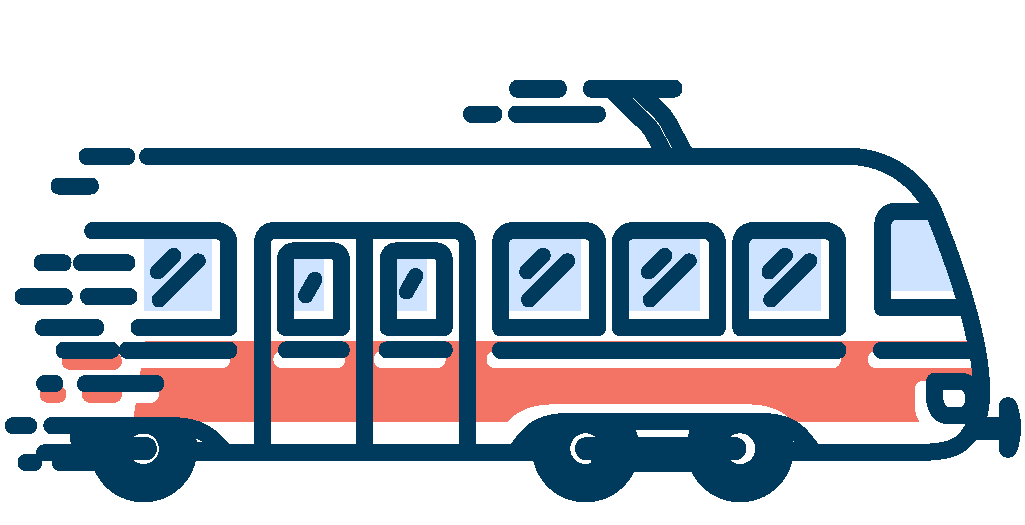The first reference to the site is made in an 1119 AD document of the Bari Diplomatic Code, which mentions the church of San Pietro Maggiore; a feature widely used in the Medieval period was to denote a structure as maioris, not only because of its size but also its importance. However, according to legend, the church was established during the first years of Christianity, specifically as part of the visit of Saint Peter to Apulia. Indeed, it seems that the apostle was forced to land at Taranto and so decided to travel to Bari where, in addition to founding the church, he also nominated the city's first bishop, Mauro. The church miraculously escaped intact during the destruction of the city ordered by the Norman king William the Bad in 1156 and indeed flourished between the 12th and 14th centuries, as can be gauged by its extensive property. In 1436, the church was affiliated with a Francescan convent of the Minori Osservanti order, also known as “zoccolanti” (clogwearers) due to their footwear. The construction and extension of the convent was funded by a financier from Pisa, Baldovino Carrettone, as a sign of gratitude to a city where he had accumulated a sizeable fortune. The name San Pietro delle Fosse first appeared in the 16th century, probably due to the proximity of ditches (fosse) used to store grain with which to feed the population during periods of famine. During the restructuring of the convent and using a contribution from the University of Bari, the old church was demolished in 1603 and replaced with a new building, consecrated in 1618. Together with the presence of the Confraternity of Saint Anthony of Padova in the convent, this helped establish the rise of the convent's importance during the 17th century, so much so that it became one of the city's most eminent monuments. During the French occupation, the convent was initially spared, only to be suppressed subsequently by the order of the Duke of Canzano. In 1817 it became the site of the Apulia Royal Lyceum and in 1884 the Sacro Monte di Pietà. However, a turning point in the building's history was in 1887, when its healthbeneficial location saw its establishment as a consortium hospital. In order to build a new wing of the hospital, one of the first archaeological digs was carried out in the area. During the Second World War, there were two events which seriously damaged the buildings and consigned them to their eventual abandonment. The first was the bombing of the port on 2nd December 1943, while the second was the explosion of the British ship, the Charles Anderson, on 9th April 1945. This made any further use of the hospital facilities impossible. From that moment, the building fell into disuse, apart from its role in the immediate postwar period as a refuge for families of evacuees. Given these circumstances, its subsequent demolition in 1969 was seen by the public as an inevitability, without taking into adequate consideration the historical value of the building.
 Largo Monsignor Tommaso M. Ruffo, 73 - 6010 - 70122
Largo Monsignor Tommaso M. Ruffo, 73 - 6010 - 70122

 http://www.pugliarte.it/parco-archeologico-san-pietro/
http://www.pugliarte.it/parco-archeologico-san-pietro/

 5 euro -
5 euro -
 info@pugliarte.it
info@pugliarte.it


 Public Transport
Public Transport